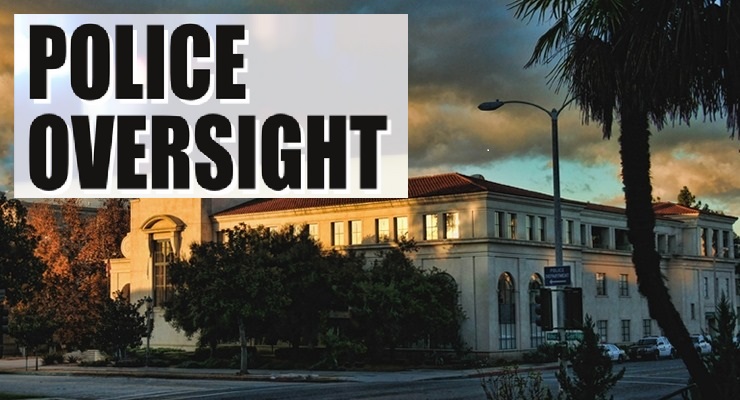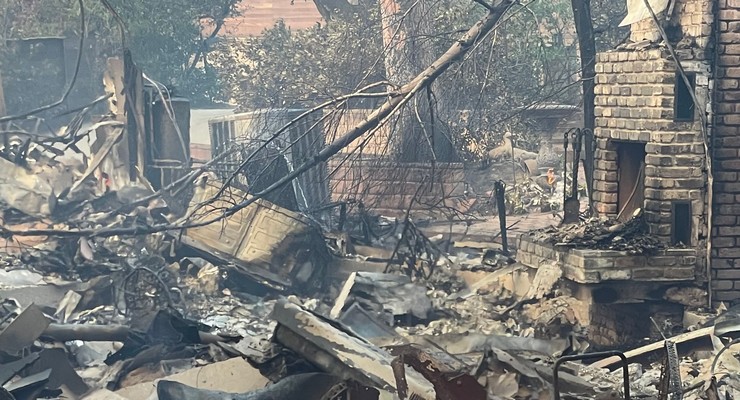
The site, reduced to ash and twisted metal, was once the family home of the late artist John Outerbridge, a towering figure in the West Coast Black Arts Movement.
His daughter, Tammy Outerbridge, stood before the assembled crowd to explain why her family had asked to be last.
“It’s not random that I am the last house in Altadena to be cleared,” she said. “We needed time to look for items related to my father’s arts legacy. We’ve been unearthing an L.A. arts legacy here.”
Since January 7, when the Eaton Fire roared through the neighborhood, killing 19 people, destroying nearly 9,500 structures, and displacing more than 20,000 residents, Tammy and her mother, Beverly Outerbridge, have sifted through the debris for decades’ worth of archival materials and artworks. They invited fellow artists to salvage remnants for a tribute exhibition, Digging Bridge, honoring her father’s life and influence.
“I have used every minute of that time,” she said. “Even as the bulldozers roll tomorrow, we will still be looking for more artifacts.”
Lt. Col. David Weart, the Corps’ Recovery Field Office Commander, called the moment a “key milestone” in the mission to clear more than 5,600 fire-damaged properties across the region. “Every cleared property represents progress,” he said. “It means one more can begin to rebuild, a small step toward healing.”
Congresswoman Judy Chu, who represents the area, said the speed of the work — once expected to take 18 months — was unprecedented.
“In just six months, crews cleared more than 9,300 property structures in the Eaton Fire area,” she said. “That makes this the fastest residential wildfire cleanup in modern U.S. history.”
From the earliest days after the fire, Chu recalled, recovery agencies met face-to-face with survivors.
“Representatives from the Army Corps and FEMA stayed for hours, answering every question and promising the people of Altadena they would not be left behind,” she said.
Bob Fenton, FEMA’s regional administrator, emphasized that while the day was historic, “it does not signify that recovery for the community is complete. Much work remains to make this community whole.”
“Urgency, coordination, and compassion” were the main factors for the record-setting cleanup, said Eli Owen, assistant director for recovery operations at the California Office of Emergency Services, who noted that debris removal “is more than just trucks and equipment — it’s about clearing away what was lost so that hope has room to grow again.”
Local leaders, including Victoria Knaap, chair of the Altadena Town Council, and vice chair Nick Arnzen, spoke directly to the Outerbridge family’s loss and the road ahead.
“Clearing the land is not just a step forward in rebuilding, but also part of the grief and recovery process,” Knapp said.
Arnzen—whose own home was destroyed in the same census tract, along with Knapp’s—called the neighborhood “the most connected” in the fire zone.
“When all these beautiful people are gone, we’re going to hold this town up,” he said.
For Tammy Outerbridge, the day was less an ending than a turning point. She invited the community to contribute letters, photos, and other mementos of her father for a crowdsourced archive.
“We are grateful to be the last,” she said. “This is still our home.”
As heavy equipment prepared to move in, the quiet on Fair Oaks Avenue seemed to carry both loss and possibility — a reminder that in Altadena, recovery is as much about memory as it is about rebuilding.














 0 comments
0 comments

